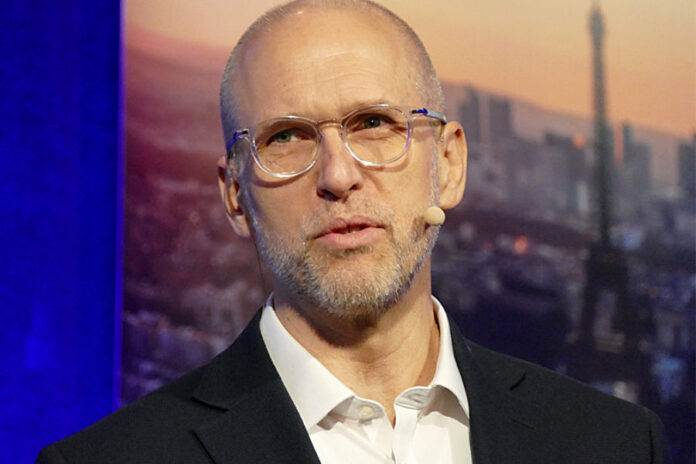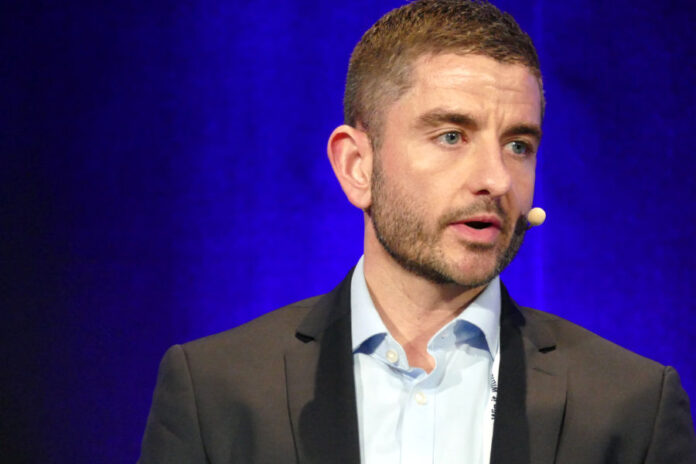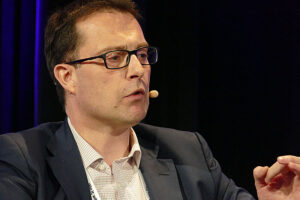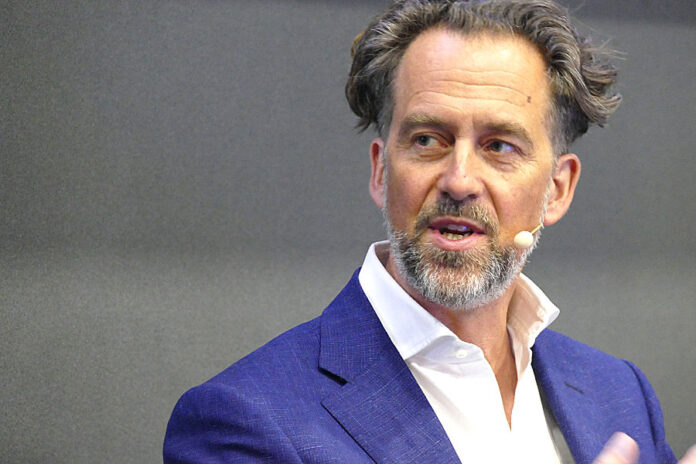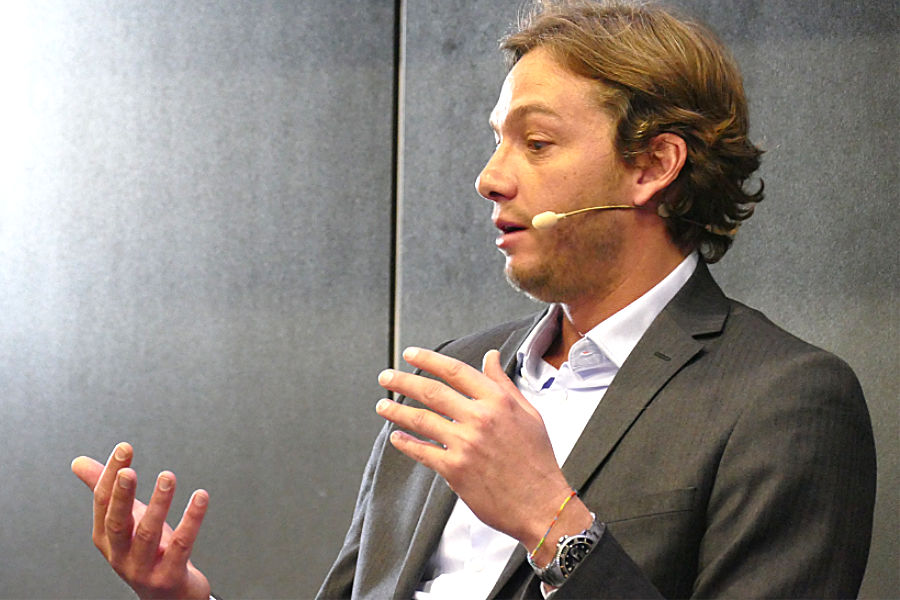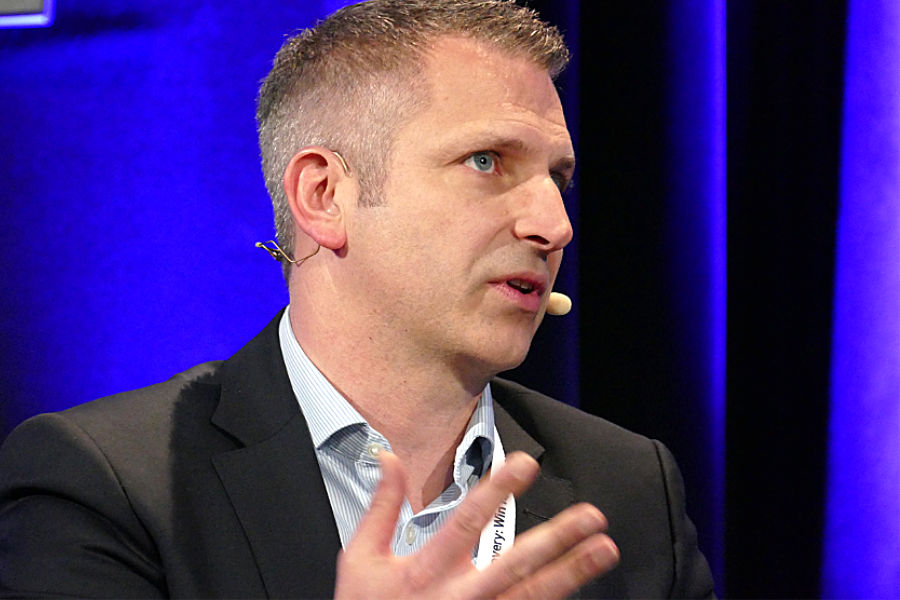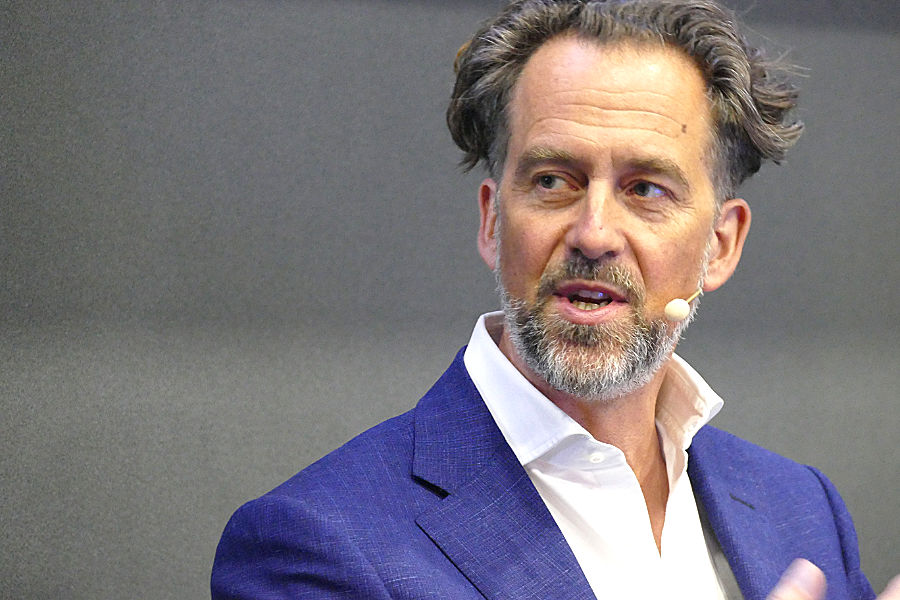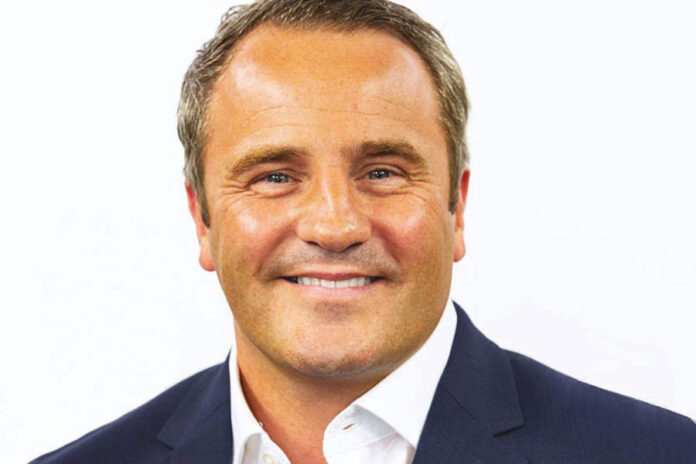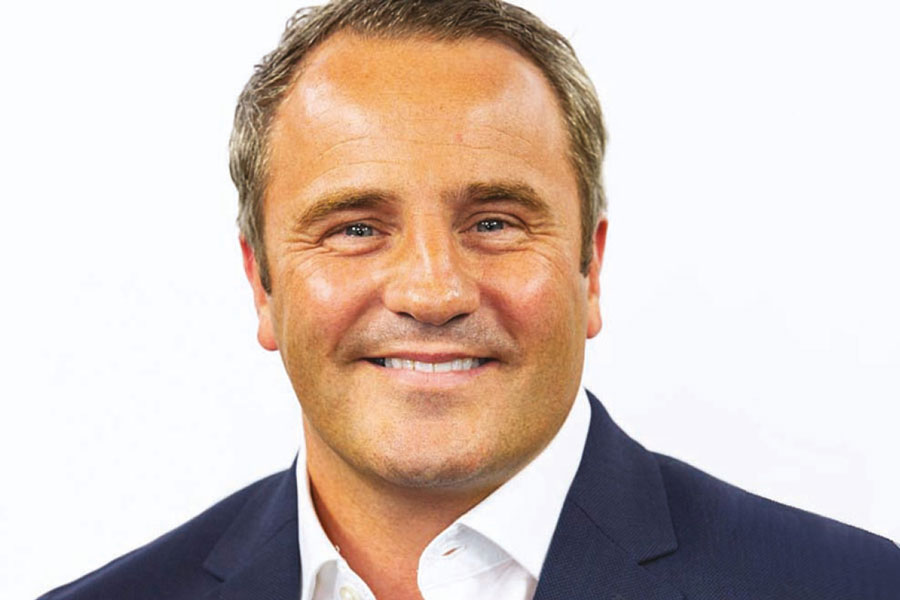Emerging markets are seeing extraordinary growth – although accessing them comes with its own challenges. The returns are well worth it, however, with markets such as Saudi Arabia and India delivering big numbers – and big ambitions.
There has been significant growth across emerging markets in recent years, especially India and the Middle East, where the figures speak for themselves.
Sandeep Sabnani, head of equities product strategy and growth at ION Markets, pointed out that the NIFTY 500 has grown 249% since 2013, translating to around 27% year on year over the past nine years. The Saudi region has also grown by around 29% a year. Comparatively, the US has grown by around 14.5% annually, and the UK by around 5.4%. Or on another metric, the Middle East and India had around 48 IPOs each last year, while the US had around 154 – and the UK, just 23. The liquidity and primary market challenges in the UK and Europe have of course been much-discussed, but flows are not just headed State-side – emerging markets are on the up.
Saudi flow
In Saudi Arabia, the stock exchange has big ambitions. Algo trading now accounts for over a substantial amount of order flow, and the platform has introduced an array of additional services over the past couple of years to attract HFT and algo trading clients through its doors – including colocation facilities and cancel-on-disconnect services. The exchange is also making a push towards
“In Saudi we are aiming to diversify our investor base to increase more listings, and create more products and services for different types of clients,” confirmed Fahad Al Ammari, head of cash markets development at Saudi Exchange.
“We are definitely looking to increase algo flows. Market making is another big thing, a d activity is increasing, especially in the equity market. These services are ensuring the growth of liquidity.”
Around US$3 billion is now traded on the Saudi market every day now, with nearly all securities on the market traded daily. “This year has been amazing, and this is our focus,” said Al Ammari. “Diversify the investor base, increase listings, and become one of the biggest exchanges in the world. We are currently the ninth largest in terms of market cap. We have aspirations to be bigger.”
Walk before you run
However, while they might offer enormous opportunities, they also bring their own challenges.
“It feels like it’s at an inflection point now,” said Joe Collery, head of trading at Comgest. “But as a desk, you have to look at your set-up – there’s a lot of work you need to do.”
“You need to have a set of trusted technology to make sure you are comfortable and don’t open yourself up to risk when trading in emerging markets,” agreed Sabnani. “We’re seeing more players trying to get into these markets, and tech gives you a solid foundation to base your business on.”
Crucially, many emerging markets may have different trading hours, different public holidays, and require different coverage – and you need systems and services from brokers to support trading during these special hours.
For example Matt Cousens, head of equities EMEA at BestEx Research, recalled an instance some years ago when, carving the Turkey at 2pm on Christmas Day, he had to take a phone call… about a trade in Turkey.
So should traders try and ensure they have coverage for all market hours in all markets they trade in? Covid has changed work/life balance to make it easier to work from home, which lifts some of the burden. But even so: “If you have significant positions in any of these areas, it’s your responsibility. Organise your desk appropriately,” said Collery. “You’re the eyes and ears of the PMs. These markets do tend to interrupt the normal Monday to Friday focus.”
Familiarity with local brokers is also important, especially as most of these markets have over 90% local investors. “Brokers certainly have a role to play,” agreed Sabnani. “Not having that support isn’t really an option.”
“It’s the whole process, it’s not just a PM idea. Until it’s in your books it’s not there. There’s the trading element, the FX element, the settlement – it’s the whole cycle, and you need to put systems in place for smooth and straight through processing before you can really think about entering the area,” concluded Collery.
“PMs might have the idea, but it’s important to give them a realistic roadmap to invest in these regions.”
© Markets Media 2024.









